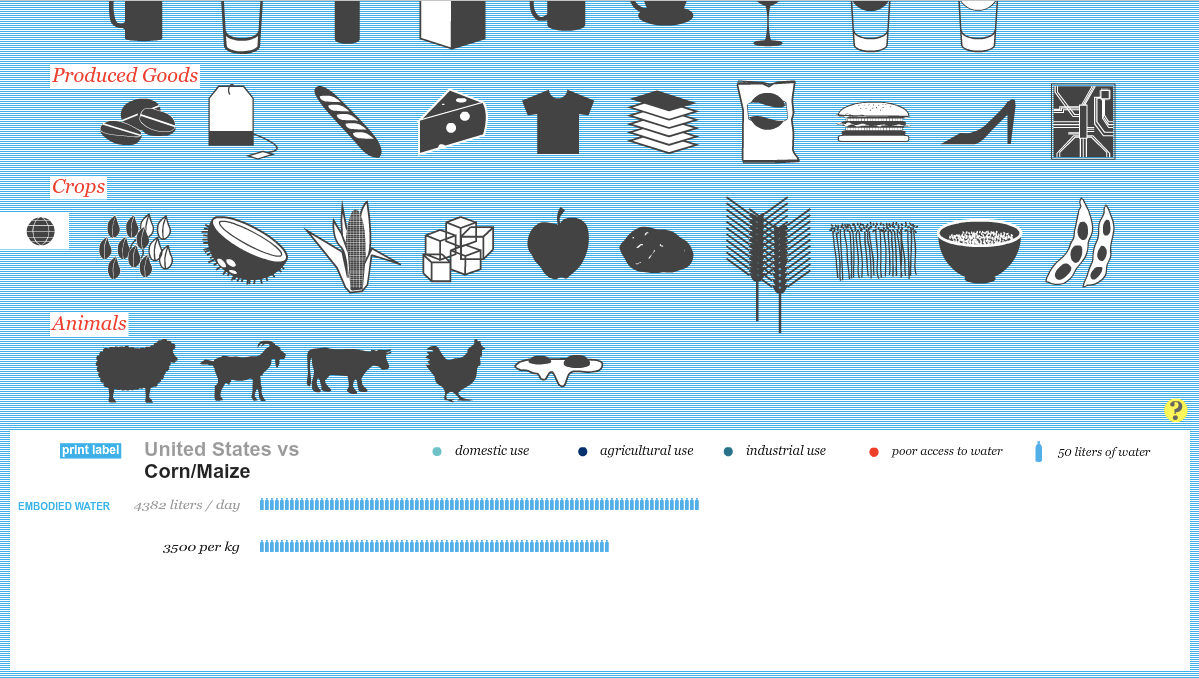Water Footprint Of Food Products

It is also worth noting that while most produce has a lower water footprint than meat certain items like nuts can have high irrigation requirements.
Water footprint of food products. But not all meats have the same water footprint. The same is true when we look at the water footprint per calorie. Find out more about the water footprint of crop and animal products here. Beef tends to have the highest water footprint and fish has the lowest no freshwater needed if caught in the ocean beef.
The global average water footprint of chicken egg is 3 300 m 3 ton while the water footprint of cow milk amounts to 1000 m 3 ton. Therefore the water footprint of food is high. Per ton of product animal products generally have a larger water footprint than crop products. Because meat and animal products have such a high water footprint eating lower on the food chain can be a good strategy for reducing the water footprint of food required to meet daily dietary needs.
Food and drink products should carry a new label to give consumers more information about their water footprint the hidden amount of water used in the manufacturing process two health and. Get green now use get green now s guide on how to use our product gallery to calculate the water footprint of any food. Animal products especially like meat dairy and eggs all of which tend to require more water than fruits vegetables and beans have an even higher water footprint.
















































